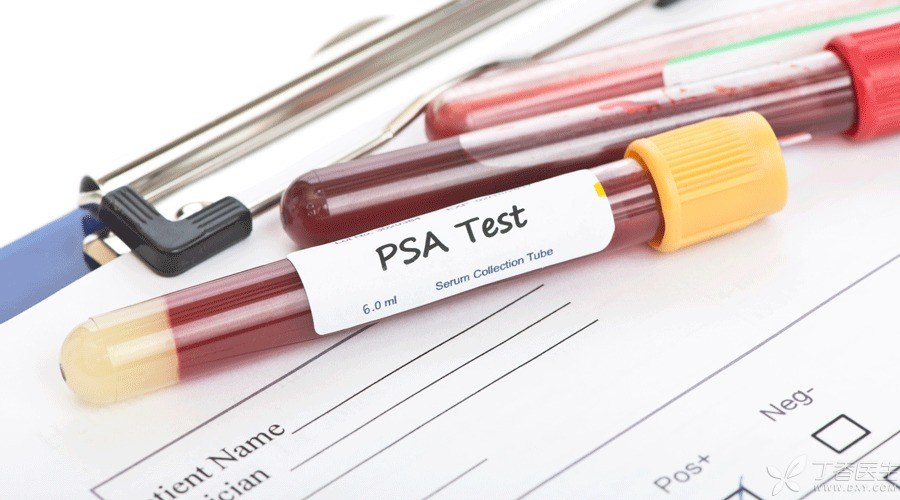After the age of 45, they gradually enter a period of high incidence of cancer.
Cancer is closely related to age, and some are also related to gender. For example, colorectal cancer is more male than female, about 2: 1; Prostate cancer is exclusive to men.
In fact, these two major cancer killers are not terrible. As long as effective early screening is done, their mortality rate can be significantly reduced. In order to better achieve effective screening, we divide screening into early screening for the general population (people without symptoms, family history and other hazard factors) and early screening for high-risk groups.
Routine screening of colorectal cancer
Fecal occult blood + colonoscopy
Colorectal cancer (including colon cancer and rectal cancer) is the fourth most common tumor in China. The incidence and mortality of colorectal cancer in the United States have decreased year by year in the past 20 years, but it is increasing year by year in China. This is because the United States pays more attention to the early prevention and screening of colorectal cancer.
Early screening of colorectal cancer is actually relatively simple, that is, fecal occult blood + colonoscopy.

Occult blood in stool: simple, economical and effective, suitable for public census.
Colonoscopy: It is a more in-depth examination, which can not only observe the focus intuitively, but also simply treat the focus (such as polyps) and obtain biopsy at the same time of examination. It is the only way to make a definite diagnosis.
Early screening of the general population:
Friends over 50 years old have a fecal occult blood test once a year. If it is positive, it is recommended to have colonoscopy for further examination.
After age 50, do colonoscopy at least once. If colonoscopy does not find polyps or tumors, do colonoscopy every 5 to 10 years.
Early screening of high-risk groups:
- Age 50 ~ 75 years old, patients with intestinal cancer, patients with pelvic radiotherapy, patients with familial adenomatous polyposis, patients with precancerous lesions, patients with ulcerative colitis, patients with Crohn’s disease, patients with ureterosigmoidostomy, patients with obesity, smoking, diabetes, immunodeficiency, patients with hematochezia and abdominal pain, and patients with changes in stool habits, have first-degree relatives with colorectal cancer.
It can be compared. If one of them is met, even for high-risk groups, it is suggested that fecal occult blood examination must be done once a year and colonoscopy examination must be done once every 3 ~ 5 years.
Routine screening for prostate cancer
PSA + anal fingerprinting
Prostate cancer is one of the most common malignant tumors in men.
In Europe, America and other countries, the 5-year survival rate of prostate cancer is as high as 95%, while that in China is only 40%. This is because when more than 70% of patients in China are diagnosed with prostate cancer, they are already in the middle or late stage or have metastasis.
Why is it so different? Because the screening mechanism for prostate cancer in China is not perfect.
Early screening of prostate cancer is also relatively simple, that is, PSA detection + anal finger examination.
PSA: A tumor marker with high accuracy and sensitivity in screening prostate cancer, is simple and easy to implement, and is suitable for men over 50 years old.

Anal finger examination: can find prostate nodules, economical. If PSA and anal finger examination find abnormalities, doctors will recommend further examination such as prostate color Doppler ultrasound, MRI or puncture.
Early screening of the general population:
Men should be advised to receive routine screening for prostate cancer once a year after the age of 50.
Early screening of high-risk groups:
- Age > 50 years, male age > 45 years and family history of prostate cancer, baseline PSA > 1 ng/ml, chronic inflammation history, recurrent frequent micturition, urgent micturition and hematuria,
If it meets the characteristics of multiple high-risk groups, it is suggested that prostate cancer screening should be advanced to 45 years old.
Early detection and treatment are the key to various cancer treatments.
In fact, the occurrence of colorectal cancer and prostate cancer is closely related to people’s ethnic heredity, eating habits, lifestyle and environment. Avoiding high-fat diet, quitting smoking and drinking, and proper exercise can significantly reduce the occurrence of these two cancers.
In order to be healthy, start with changing yourself!
